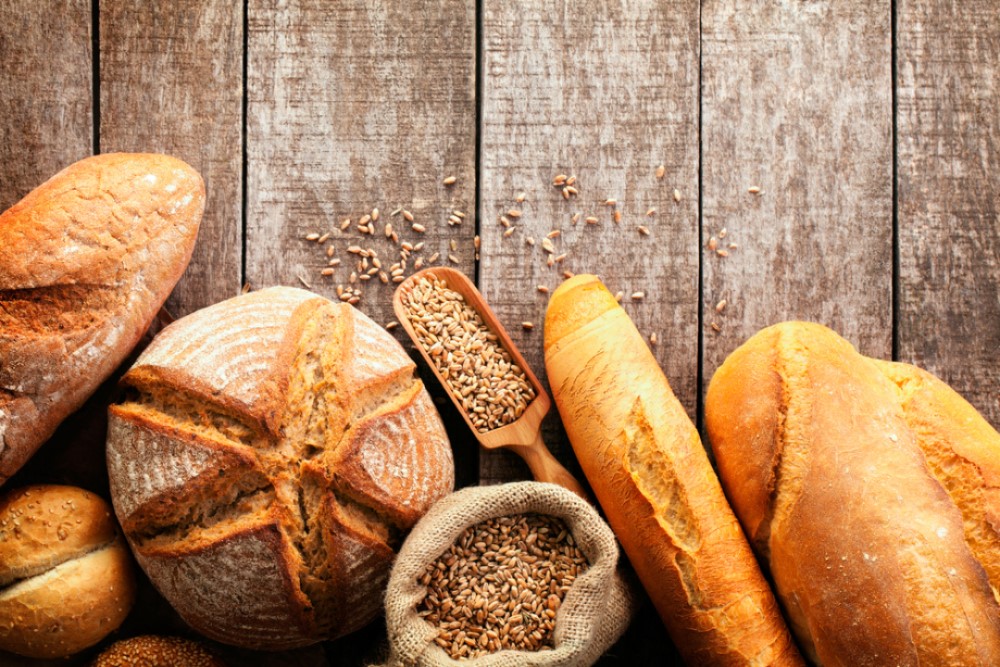
Why do we love carbs? The origins predate agriculture and maybe our split from Neanderthals
On Oct. 17, 2024, a study led by the University at Buffalo and the Jackson Laboratory (JAX) revealed how the duplication of one gene — known as the salivary amylase gene (AMY1) — may not only have helped shape human adaptation to starchy foods, but may have occurred as far back as more than 800,000 years ago, long before the advent of farming. Amylase is an enzyme that breaks down starch into glucose, and gives bread its flavor.
The research team analyzed the genomes of 68 ancient humans, including a 45,000-year-old sample from Siberia. The researchers found that pre-agricultural hunter-gatherers already had an average of four to eight AMY1 copies per diploid cell, suggesting that genetic adaption existed well before they started domesticating plants and eating excess amounts of starch.
The study showcased how early duplication of this gene set the stage for the wide genetic variation that still exists, influencing how effectively humans digest starchy foods. The study was published in Science.
Tags:
Source: University at Buffalo
Credit:
